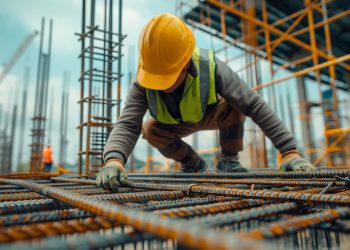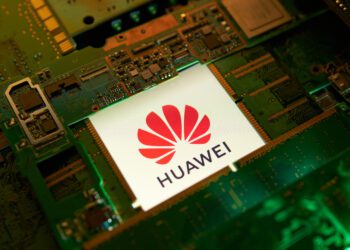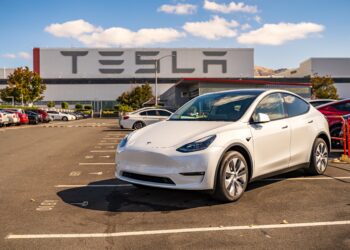Looking at how auto companies can capitalize on assets that will not be part of their core business in the coming decade, explaining how repositioning can make a company more agile and flexible to take advantage of the opportunities emerging during the post-pandemic recovery. Deloitte provides analysis.
The automotive industry will look back upon the time of the COVID-19 pandemic as a watershed. This is not only because of the economic downturn it has caused but more because of the way the crisis has accelerated already evident disruptive trends to the point that a radically different value chain is emerging faster than could have been anticipated. Automobile companies that want to remain relevant and to capitalise on this development need to take bold, transformative action now.
Experience shows that both down cycles and major systemic shocks – such as the sector is experiencing – can present unique opportunities to change the direction of a business. This report outlines how companies can identify and capitalise on assets that will not be part of their core business in the coming decade. Further, it explains how this repositioning can make a company more agile and flexible to take advantage of the wide range of high-growth opportunities that are likely to emerge during the post-pandemic recovery.
Automotive non-core assets in the spotlight
A radically different value chain is emerging in the automotive industry where mobility is purchased as a flexible service and vehicles are connected, autonomous and electric. This is the opposite of the traditional automotive business model where privately purchased, hardware-focused, human-driven vehicles powered by internal combustion engine (ICE) are the norm.
The speed and scale of this change differs across the value chain and different geographies. It is also too simple to say there is a traditional model and a future model with clear winners and losers. Emerging disruptive forces present a spectrum of impacts for organisations from positive to negative, and from rapid revolutionary market changes to slower evolution over decades. An example is regional nuances in the adoption of electric vehicles (EVs), which is anticipated to be much faster across Asia and Europe compared to the United States.
While the speed and route to a future automotive value chain will vary, we believe the ultimate destination is common. To prepare your organisation for this change, you need to take decisive action around what the future strategy and operational configuration looks like.
As part of these considerations, companies (including dealers, original equipment manufacturers (OEMs), suppliers and service providers) will likely identify within their organisation a technology, product line and/or division that needs to be reviewed and potentially given a new direction. This is because continuing with the same strategy that benefitted from the strong automotive market of the past is unlikely to optimise returns in this evolving market. Particular attention needs to be paid towards areas that will not be part of your core strategy over the next decade and beyond.
Assets identified as ‘non-core’ will differ in scale. For some companies such assets are a small part of the overall business. For others, a desire to leverage previous investments will mean they constitute a larger portion. Some companies (particularly suppliers and dealers) may face stark decisions – their whole business may fall into the non-core category and require strategic review.
Managing non-core assets to deliver value
We present four potential responses to help business leaders, management teams and shareholders understand the options when considering how to manage non-core assets.
The authors would like to thank Peter Gallimore and Larry Hitchcock for their contributions to this article.
By Rob McCrosson, Dr. Byrn Walton, Richard Hopkins-Burton, and Sandy Duncan
Read the full article at https://www2.deloitte.com/us/en/insights/industry/automotive/automotive-industry-value-chain.html












